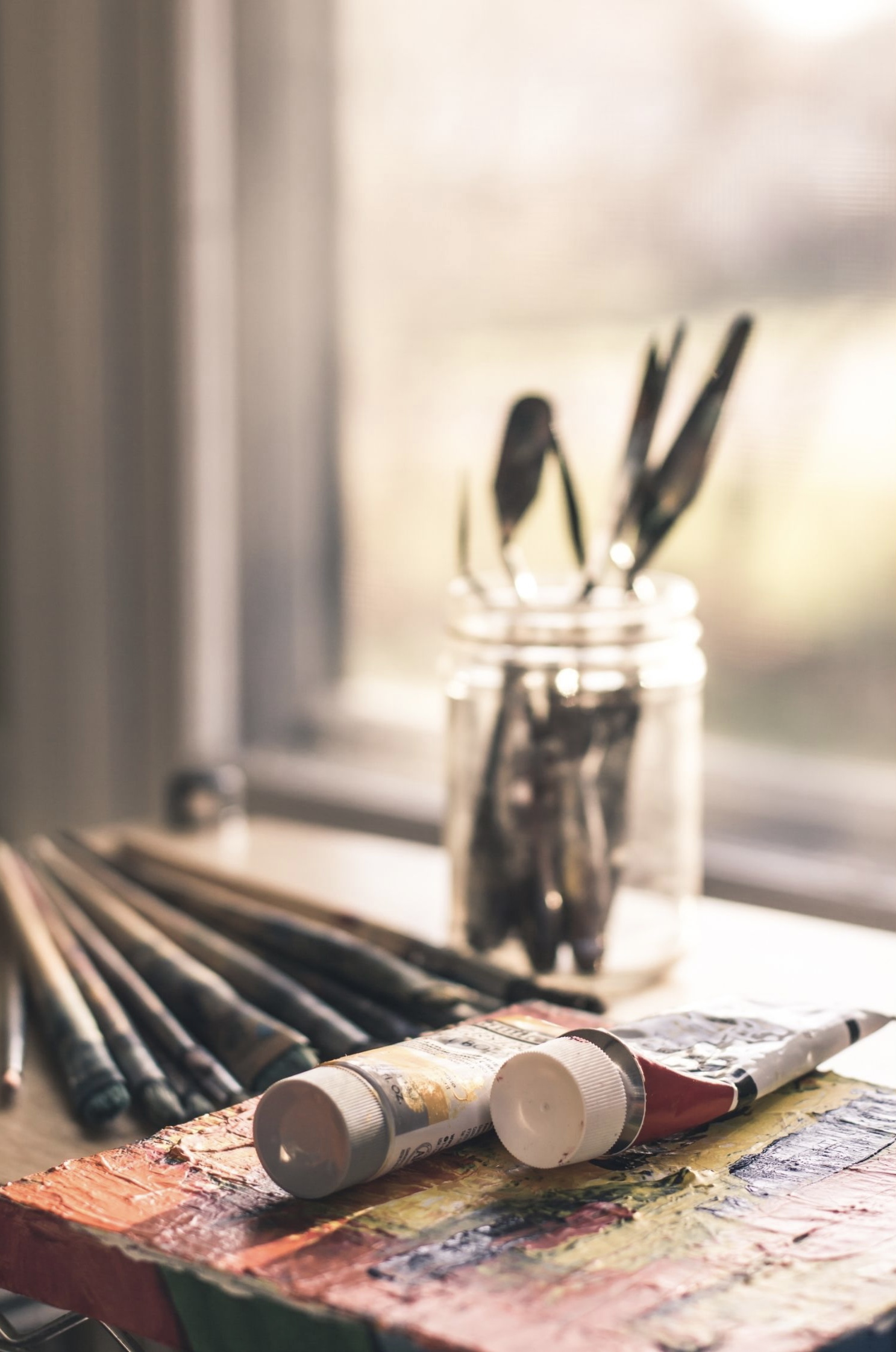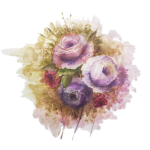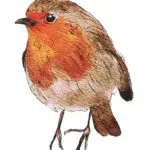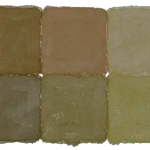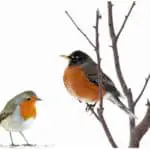There is a huge variety of surfaces that are suitable for your art painting project. The two most common options are painting on wood and painting on canvas, but some other less popular alternatives include metal, glass, leather, ceramic, paper, plastic and cardboard.
Painting On Canvas
The word “canvas” comes from the 13th century Anglo-French word ‘canevaz’, which is thought to have originated from the Greek word κάνναβις (cannabis) meaning ‘made of hemp’. Nowadays it is no longer made from hemp, but rather cotton, linen or PVC (polyvinyl chloride).
As a fabric, canvas is extremely durable and plain-woven, giving it a different texture from other durable cotton-based fabrics such as denim. It is used primarily for making items for which sturdiness is required, for example tents, boat sails and rucksacks.
For painting, canvas material is stretched across a wooden frame. One of the oldest surviving paintings on canvas was an oil painting from 1410 found in Berlin, however canvas painting and canvas wall art didn’t become the preferred method until the 1800s in Europe. Historically, it was a much cheaper alternative to wood panel painting, and so was preferred by artists for their less important pieces of work.
Modern canvas can also be printed on using specialist digital printers to create canvas wall art prints. After printing, the canvas is wrapped around the stretcher and displayed.
Painting On Wood
Painting on wood, historically called panel painting, refers to painting on a large panel made of one or more pieces of wood. It dates back to the ancient civilisations of Greece and Rome, with the oldest Greek paintings dating back to 6th century BC. Panel painting was the preferred option for artists until as late as the 1800s, when canvas became a more commonly used option.
Modern wood paintings are less common, and are no longer referred to as panel paintings.
Should I Choose Canvas Or Wood For My Painting Project?
Whether you choose a canvas or wood surface for your art project will depend on a number of features, such as the finish you want to achieve, the desired durability and texture of your piece and the budget you have. Some factors to consider are:
Weight
Firstly, the weight of different painting surfaces should be taken into account. Canvas is generally lightweight, which is ideal if you are transporting your materials to a location to paint, or if you want to display your piece of canvas wall art and don’t want to worry about it coming crashing down!
The lightweight nature of canvas is also ideal for larger paintings, which may often need multiple people to transport if done on wood. Wood is generally much heavier, so you should bear this in mind.
Texture
Painting on wood can create a variety of different textures, since there are many different types to choose from. This makes it attractive to artists who want the natural beauty of their painting surface to shine through, and add to the character of the painting.
Canvas has a more even, woven texture and is slightly absorbent which also makes for a great painting surface for canvas wall art.
Flexibility
Both canvas and wood are fairly flexible surfaces for painting, in as much as they can be used in a few different ways. Canvas can be stretched out over stretcher bars, or left unstretched. Painting on wood can involve pretty much any type of wood, creating a variety of different feelings and textures.
Cost
While historically canvas was much cheaper than wood to paint on, in modern times it is generally the reverse. The popularity of canvas means it is more expensive, especially if you want reusable canvas wall art with stretcher bars that can be adjusted as you paint.
The cost of painting on wood will differ depending on the type of wood you want, but usually a carpenter will be able to make wooden pieces suitable for painting with ease. If your painting is large, it will be cheaper to use a wood surface made of several pieces of wood joined together, rather than one big piece.
Reusability
A major advantage to painting on wood rather than canvas is that it is much easier to reuse. If you want to change a painting that has been done on a wood surface, you can simply sand it down to remove the existing paint, and paint over it. This is impossible to do with canvas wall art; you can still paint over the current paint, but eventually there will be too many layers, and over time these layers can start cracking if not done properly.
Preparation
One big disadvantage to painting on wood is the preparatory work required to make the surface suitable. Without proper preparation, oils or water from the paint (depending on what type of paint you use) can soak into the wood, changing the appearance of the painting over time. Priming the wood will increase the chance of the paint adhering to the surface well.
Wood also needs to be sealed in preparation for painting to reduce the chance of the wood warping or rotting after you’ve painted.
In contrast, canvas painting requires no preparation as there is little to no chance of the canvas wall art changing its appearance or texture over time. You can seal canvas after painting to make it last longer and protect it from sun damage and dust, but it is not necessary to get a good finish.
Rigidity
Wood is an extremely rigid painting surface, which makes it great for painting on with a variety of techniques such as paint pouring and sand painting. Canvas has a tendency to sink in the middle if the medium used is too heavy, although it can be reinforced to prevent this.
Durability
Wood is generally a much more durable painting surface than canvas, because of its sturdy nature. That being said, it does have a tendency to warp and swell over time depending on environmental factors, and so may need to be braced.
Canvas is still a durable material, although it is much easier to damage than wood. One knock of canvas wall art could tear a hole right through it, ruining the piece of art forever.
Summary Chart – Wood Or Canvas?
| Canvas | Wood | |
| Weight | Light | Heavy |
| Texture | Woven | Depends on type |
| Flexibility | Good | Good |
| Cost | Medium | Inexpensive |
| Reusability | Not easy to reuse | Easy to reuse |
| Preparation | Not necessary for starters | Significant |
| Rigidity | Medium | Very rigid |
| Durability | Easy to damage | Very durable |
